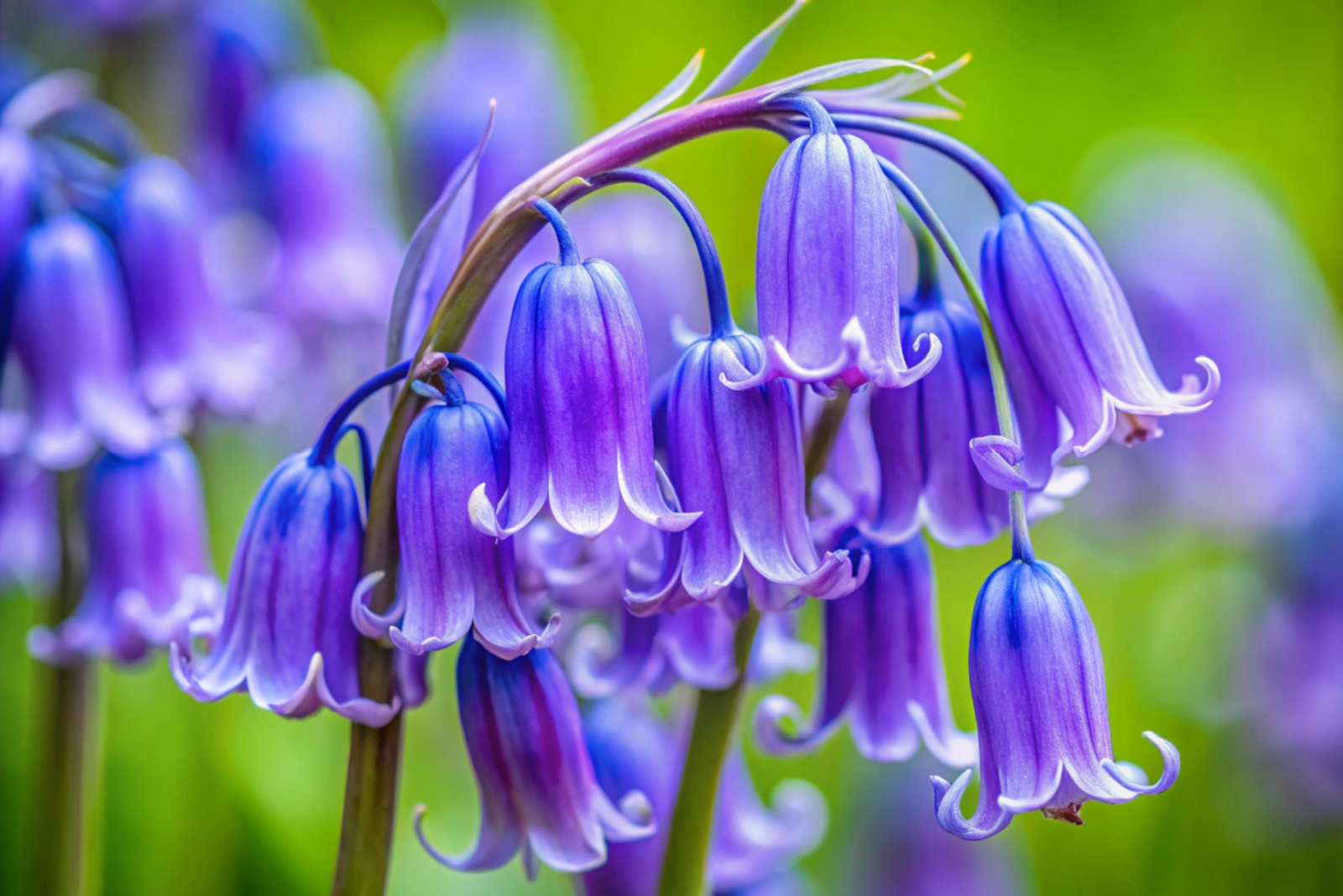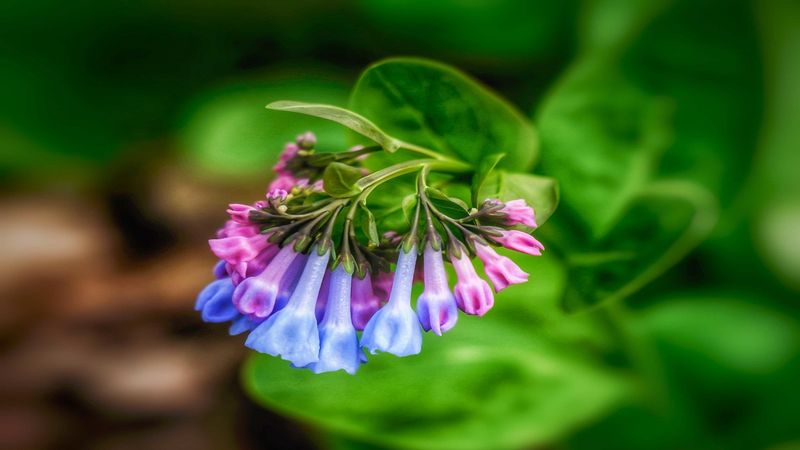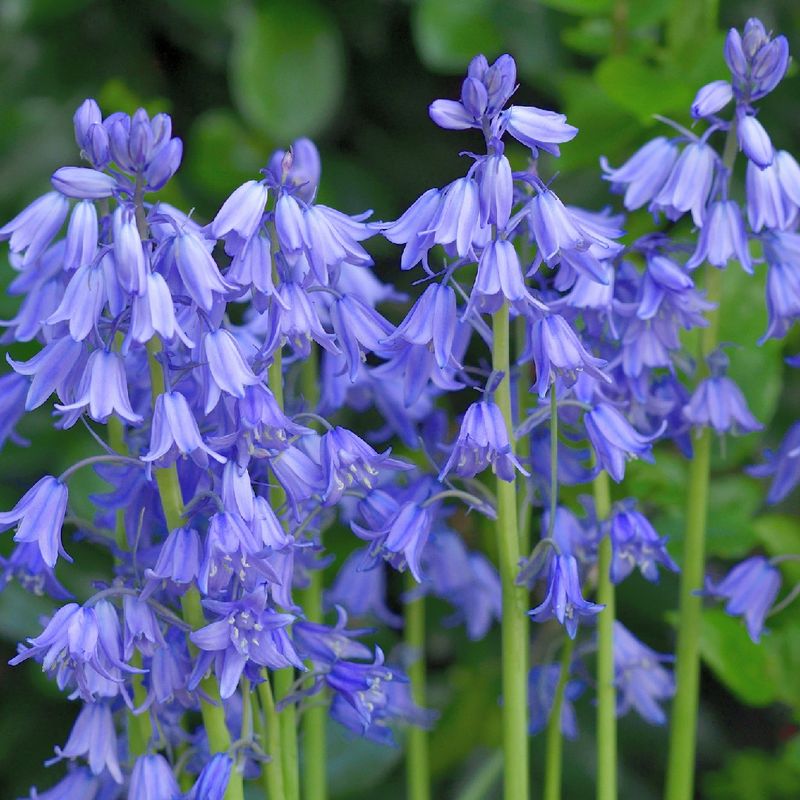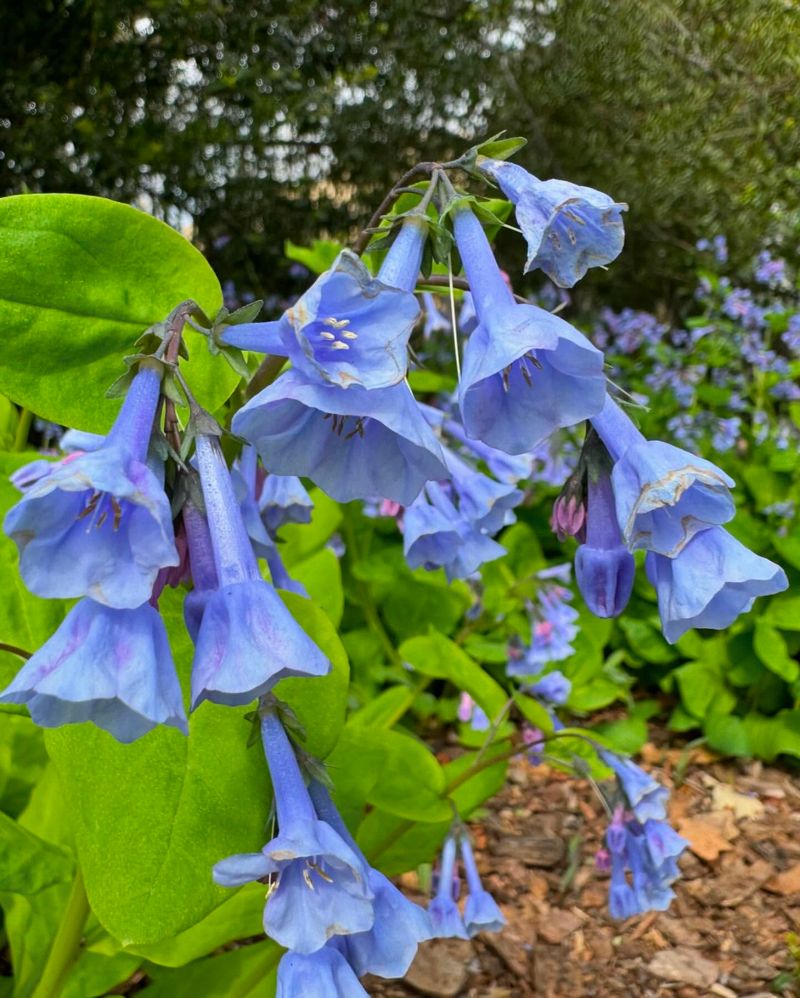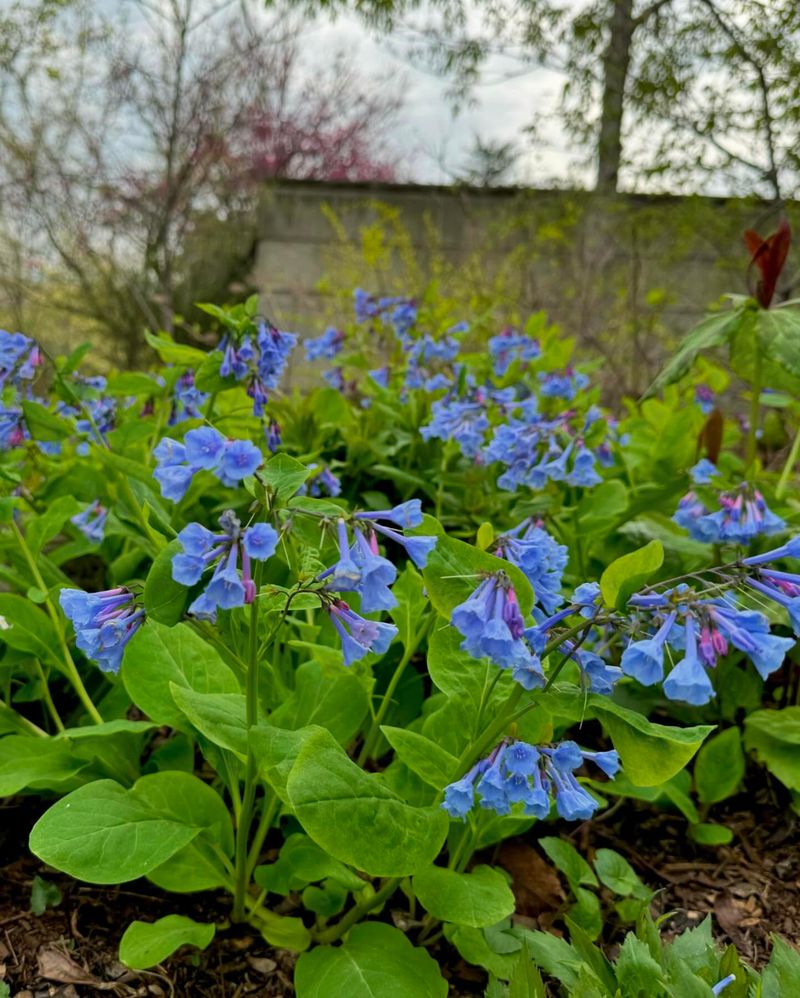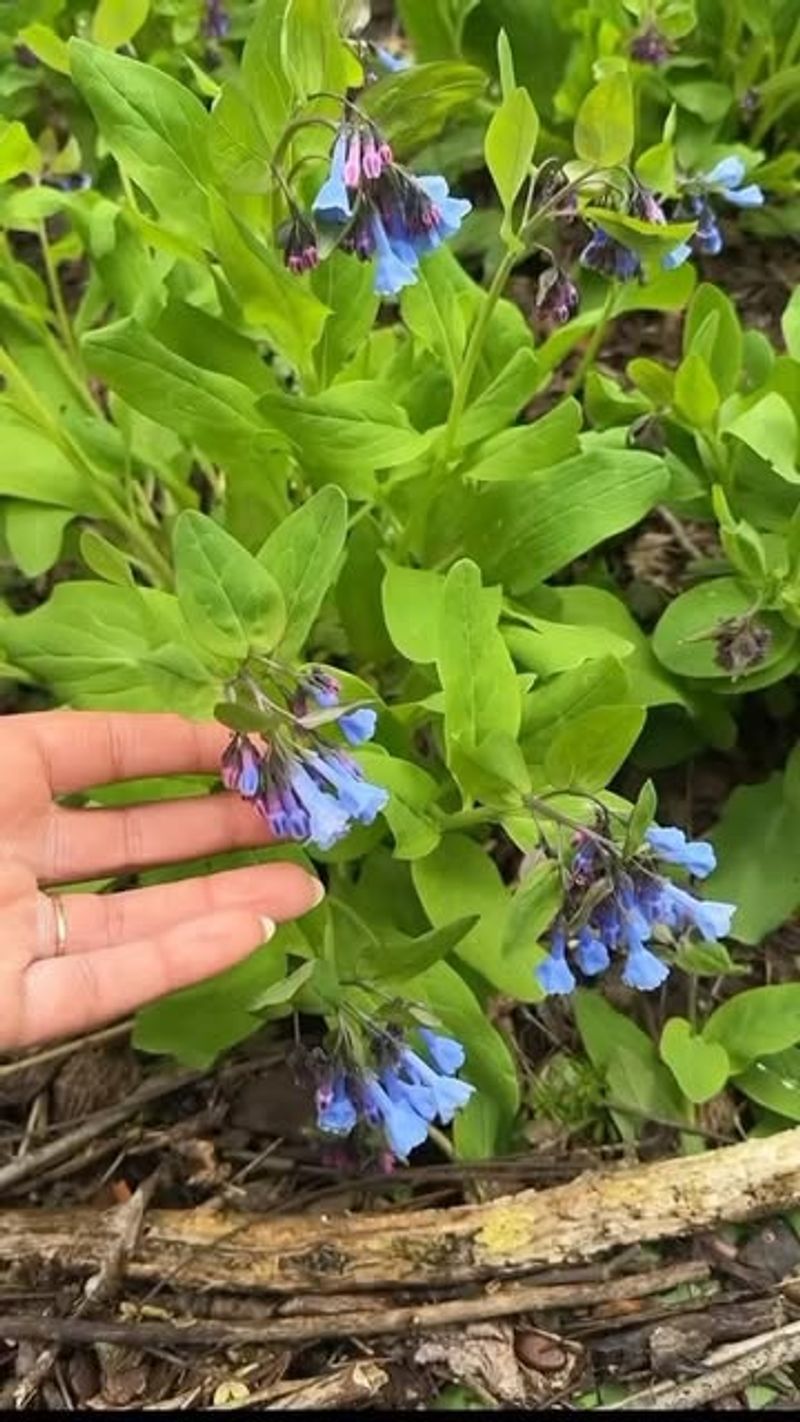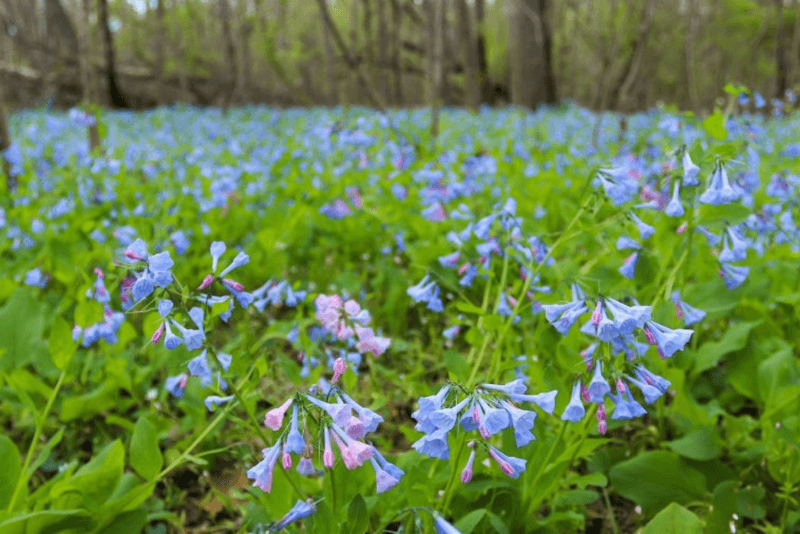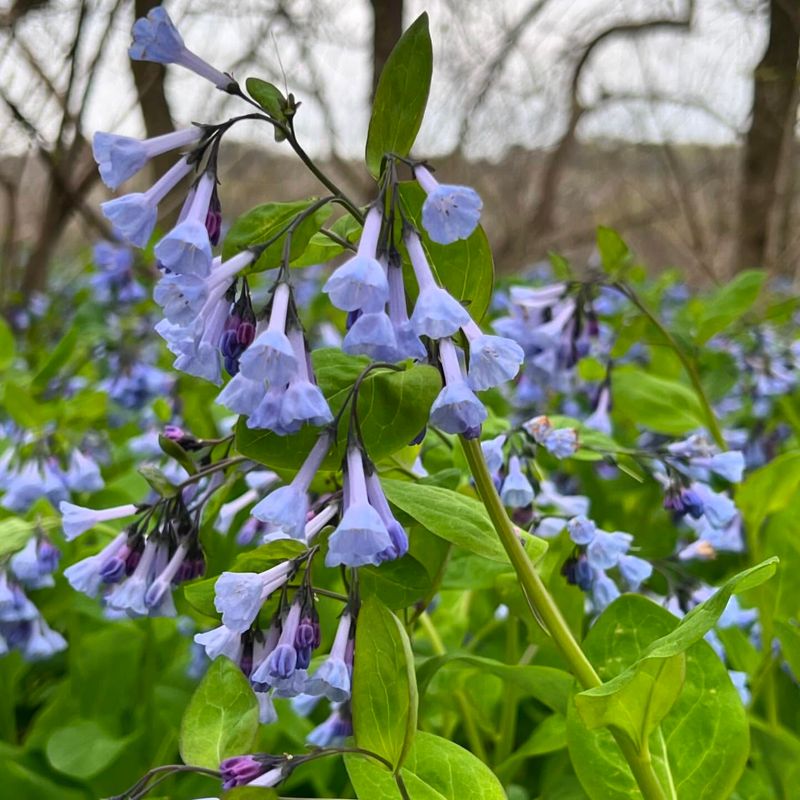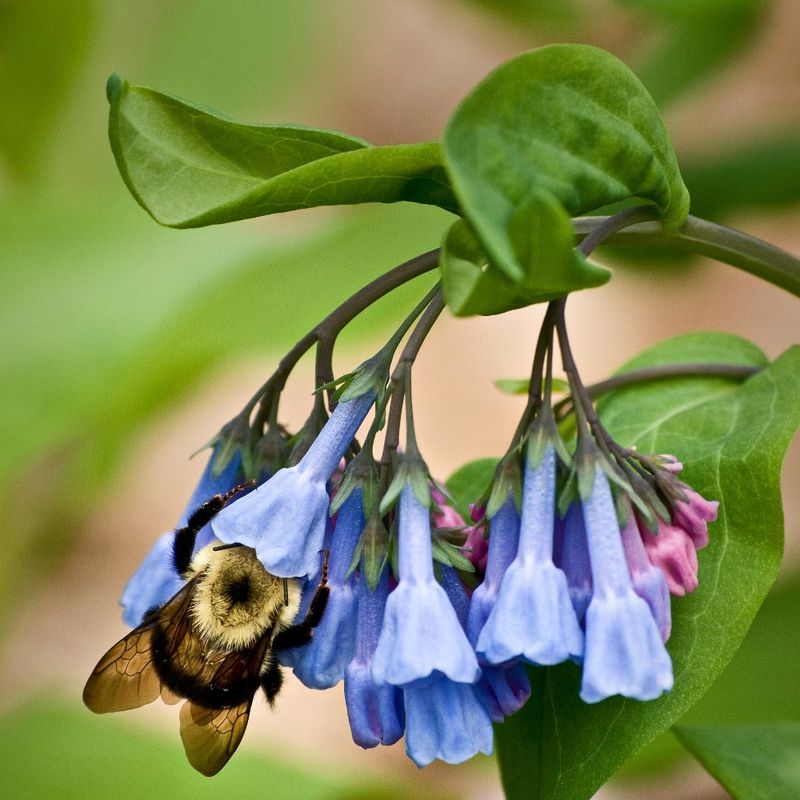Virginia gardeners are facing a new challenge: telling native bluebells apart from their invasive lookalikes. At first glance, these spring blooms seem nearly identical. But beneath the surface, they have very different impacts on the environment.
Native bluebells support local pollinators and blend naturally into the region’s ecosystem. Invasive varieties, though pretty, can crowd out native plants and disrupt wildlife habitats.
Choosing the right species makes a big difference. By learning to spot the differences, gardeners can protect biodiversity while still enjoying a vibrant spring display. A little awareness goes a long way in keeping Virginia’s gardens both beautiful and ecologically balanced.
1. Virginia Bluebells: Our Native Treasure
Virginia bluebells (Mertensia virginica) naturally belong in our state’s woodland gardens. Their trumpet-shaped blooms emerge pink before turning a gorgeous sky-blue as they mature.
For many local gardeners, these native flowers represent spring’s arrival. They form perfect companions for other shade-loving natives like ferns and wild ginger.
In my experience, these true natives go dormant by early summer, making space for later-blooming perennials without any invasive tendencies.
2. Spanish Bluebells: The Problematic Beauty
Spanish bluebells (Hyacinthoides hispanica) arrived in Virginia as ornamental garden plants but quickly escaped cultivation. Their ability to spread rapidly through both seeds and bulb division makes them particularly troublesome.
Garden centers still sell these invasive plants, often without proper warning about their aggressive nature. Unlike our natives, Spanish bluebells tolerate sunny conditions and persist through summer.
When I remove these from gardens, I’m careful to dig out every bulb fragment since even small pieces can regenerate into new plants.
3. Ecological Impact: Native Vs. Invasive
Native Virginia bluebells evolved alongside local pollinators, providing nectar at precisely the right time for emerging bees and butterflies. Their life cycle perfectly matches our regional seasons and supports the entire ecosystem.
Spanish bluebells, by contrast, can disrupt this delicate balance by outcompeting natives for space, light, and nutrients. Many Virginia gardeners report watching helplessly as these invaders spread beyond their intended boundaries.
The difference becomes most apparent in natural areas where Spanish bluebells form monocultures, reducing biodiversity that would normally support birds and other wildlife.
4. Identification Tips For Virginia Gardeners
Telling these bluebells apart requires looking at several features. Native Virginia bluebells have nodding flowers on one side of the stem, while Spanish varieties produce flowers all around their upright stalks.
Leaf differences provide another clue – native species have broader, more oval leaves with a powdery blue-green color. Spanish bluebells develop glossier, strap-like foliage that persists longer.
The pollen color offers a final confirmation: our natives produce creamy white pollen, whereas the Spanish invaders have distinctive blue-green pollen that stains fingers when touched.
5. Management Strategies For Virginia Gardens
Controlling invasive bluebells requires persistence rather than chemicals. Digging out the entire plant, including all bulb fragments, works best when done before seed production.
Creating dedicated native plant beds helps maintain the garden’s ecological value. I’ve found that adding a barrier around native bluebells protects them from being overtaken by their aggressive cousins.
Many Virginia garden clubs now organize plant swaps specifically for native species, making it easier to find true Virginia bluebells while educating neighbors about invasive look-alikes.
6. The Battle For Garden Space
Native bluebells gracefully share garden space, while invasive varieties aggressively crowd out neighboring plants. This competition transforms garden ecosystems over time, often without gardeners noticing until it’s too late.
Spanish bluebells particularly demonstrate this aggressive tendency, spreading rapidly through both seeds and bulb offsets. Their tenacious nature allows them to form dense carpets that suffocate native wildflowers.
Virginia’s native bluebells, meanwhile, maintain a respectful balance with neighboring plants. Their natural growth patterns complement rather than dominate local plant communities, creating harmonious garden environments that support diverse wildlife.
7. Seasonal Blooming Differences
Timing reveals crucial differences between bluebell varieties in Virginia gardens. Native Virginia bluebells (Mertensia virginica) emerge early, blooming from March through May before going dormant in summer heat. Their fleeting beauty marks spring’s arrival in woodland gardens.
Spanish bluebells (Hyacinthoides hispanica) follow with later blooms extending into early summer. This extended flowering period seems advantageous but creates ecological timing issues for pollinators adapted to native blooming schedules.
English bluebells fall between these timelines, creating a confusing overlap that disrupts natural pollination patterns. Understanding these blooming differences helps gardeners plan for continuous native flowering without relying on potentially invasive species.
8. Wildlife Support Capabilities
Native Virginia bluebells evolved alongside local wildlife, forming perfect partnerships with native pollinators. Their nectar composition precisely matches the nutritional needs of early-emerging bumblebees and swallowtail butterflies, supporting crucial springtime pollinator populations.
Hummingbirds particularly favor native bluebells, using them as essential early-season food sources during migration. This relationship developed over thousands of years of coevolution.
Invasive bluebells, though attractive to some pollinators, lack these specialized relationships. Their different nectar chemistry and flower structures don’t provide the same nutritional benefits to Virginia’s wildlife, creating beautiful but ecologically less valuable garden additions compared to their native counterparts.

